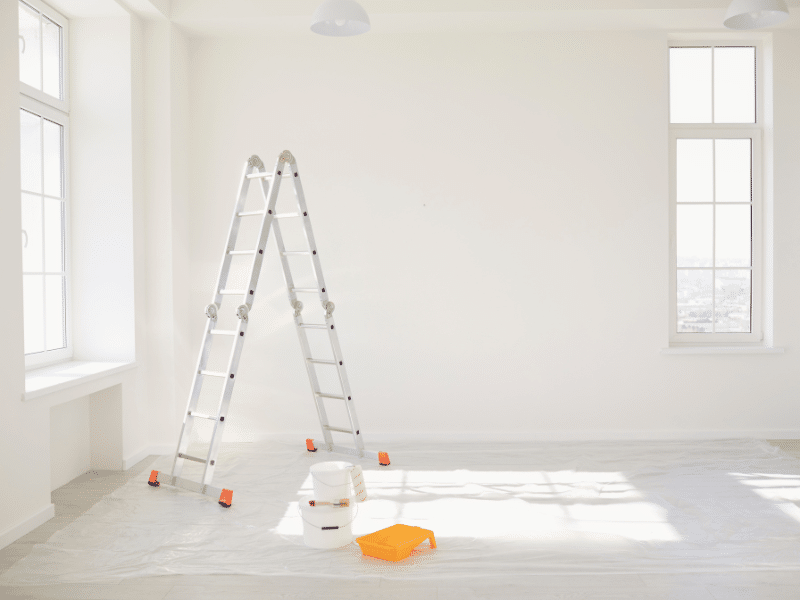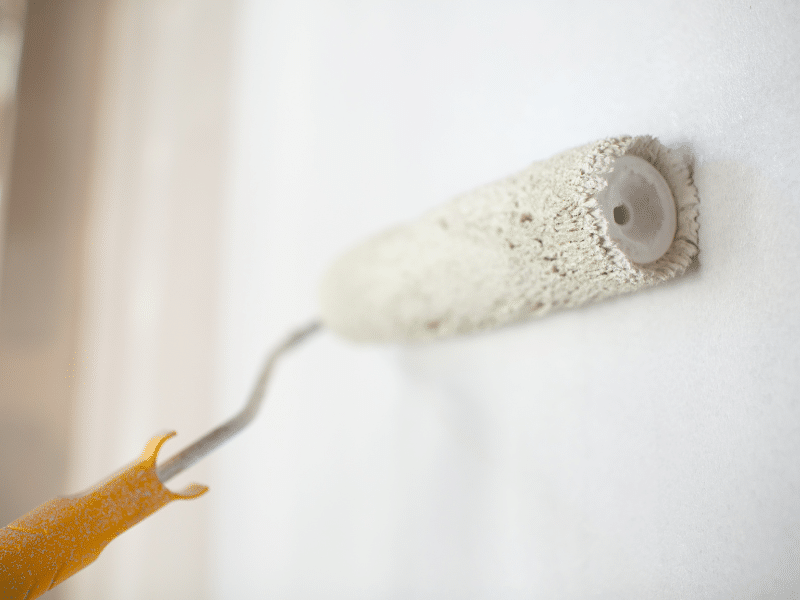Have you ever looked at a freshly painted wall and wondered, How do the pros make it look so perfect? A patchy DIY paint job can stick out like a sore thumb, but interior paint contractors seem to achieve flawless results time after time. Whether it’s matching colours or preparing tricky surfaces, their process relies on detail and skill. Many homeowners don’t realise how preparation and technique impact durability and appearance. This article unpacks every step interior experts take to deliver a finish that stands up to daily life.
What factors should you consider when selecting interior paint contractors?
Before you grab a paint swatch, spend time reviewing what makes a contractor stand out. These considerations protect your budget and your sanity:
- Licensing and insurance: Coverage protects you from damage or accidents, and it also means the contractor follows regulations that safeguard your property from mishaps you might otherwise have to pay for out of pocket.
- Experience and specialisation: Some contractors focus on heritage homes or modern builds, so you’ll know they have the right skills to handle unique materials or tricky design features without cutting corners.
- Detailed quotes: Transparent costs help you budget without hidden surprises, as itemised proposals clarify exactly what’s included, from paint quality to surface preparation.
- References and portfolios: Real-world examples prove skill and reliability, giving you peace of mind that their past clients were satisfied with the final results and project management.
If you’re weighing your options, consider partnering with certified interior paint contractors who understand how to manage complex projects with ease.
Why is proper surface preparation essential before painting begins?

Preparation can make or break any interior paint job. Ignoring it leads to disappointment and costly fixes later.
- Cleaning surfaces: Removing dirt, oils, and mildew creates a stable foundation and prevents peeling or bubbling that often appears after the first year of wear.
- Repairing damage: Cracks, chips and holes are patched to avoid uneven finishes, so you don’t have to stare at visible imperfections every time you walk by.
- Priming walls: Sealers and primers help paint bond correctly, boosting durability so your colour stays vivid for years instead of fading or flaking.
- Protecting interiors: Drop cloths and tape shield floors and fixtures from drips, which can stain carpets, tiles or trims if not adequately covered.
It pays to invest time in prep work rather than rushing ahead. For example, exploring the benefits of winter interior painting often leads to better drying conditions that help paint adhere perfectly. Proper preparation isn’t optional—it’s essential.
How do interior paint contractors handle colour selection and advice?
Colour can lift a room or leave it feeling cold. Contractors simplify choices with a structured process.
- Light analysis: Examining natural and artificial light to see true colours, which prevents surprises when daylight shifts or bulbs create unexpected shadows.
- Sample testing: Painting small sections for an accurate preview so you can see how a shade looks across different walls and times of day.
- Finish recommendations: Matching finishes to room function, such as satin for kitchens or low-sheen for bedrooms, where you want a softer atmosphere.
- Trend guidance: Balancing modern palettes with timeless appeal and helping you avoid colours that date quickly or clash with your furniture.
Good advice avoids costly repainting later. For more clarity on finding trustworthy help, review options for finding affordable and dependable painting professionals who prioritise collaboration. Colour selection deserves serious consideration.
What are the benefits of hiring eco-friendly interior paint contractors?

Sustainable painting offers more than a clean conscience. It directly impacts indoor air and long-term health.
- Low-VOC paints: Fewer emissions improve air quality and comfort, especially for households with children, elderly family members or allergy sufferers.
- Odour reduction: Less lingering smell during and after painting, so you can move back into freshly painted rooms without a headache or nausea.
- Health protection: Reduced risk of allergies and respiratory issues, providing reassurance that your home remains safe and comfortable for everyone.
- Compliance assurance: Meeting regulations on environmental impact also protects your resale value by aligning with sustainable building standards.
Many homeowners notice a noticeably fresher atmosphere when switching to eco-friendly solutions. If you’re maintaining a healthier home, consult guidelines for maintaining painted surfaces in your home to extend the results. Sustainability has never looked so good.
How long does a standard interior painting project usually take?
Timeframes depend on home size, surface prep and weather. Skilled contractors break it into predictable stages.
Project Phase | Typical Duration |
Colour Consultation | 1–2 days |
Surface Preparation | 1–3 days |
Painting | 2–5 days |
Drying and Curing | 1–3 days |
Final Inspection & Touch-Ups | 1 day |
Every project varies. Factors like humidity, multiple coats or feature walls can stretch timelines. Keeping communication clear avoids unnecessary delays that disrupt daily routines. For smooth scheduling, consider working with professionals who share clear plans and expectations. Time invested now saves headaches later.
Is it necessary to vacate your home during interior painting work?
Deciding whether to stay or leave comes down to your tolerance for disruption. Here are key points to weigh:
- Fume sensitivity: Strong odours may linger for days, especially if ventilation isn’t ideal.
- Children and pets: Keeping them away from wet surfaces prevents accidents and avoids tracking paint through your home.
- Room access: Sealed spaces may limit cooking, bathing or sleeping, which can get old quickly if your project spans multiple rooms.
- Ventilation needs: Windows must stay open to clear fumes effectively, so consider seasonal weather when scheduling your project.
If you prefer minimal interruption, some households choose to temporarily relocate during major painting projects. Weigh the pros and cons carefully to decide what suits your comfort, schedule, and lifestyle best.
Final thoughts
Bringing in professionals isn’t about splashing colour on the walls. From preparation and product choices to timelines and safety, experienced interior paint contractors follow proven methods to deliver consistent, polished results. If you’re keen to explore detailed planning tips or compare methods, you can learn how Sydney Paintmasters delivers quality without hassle.

